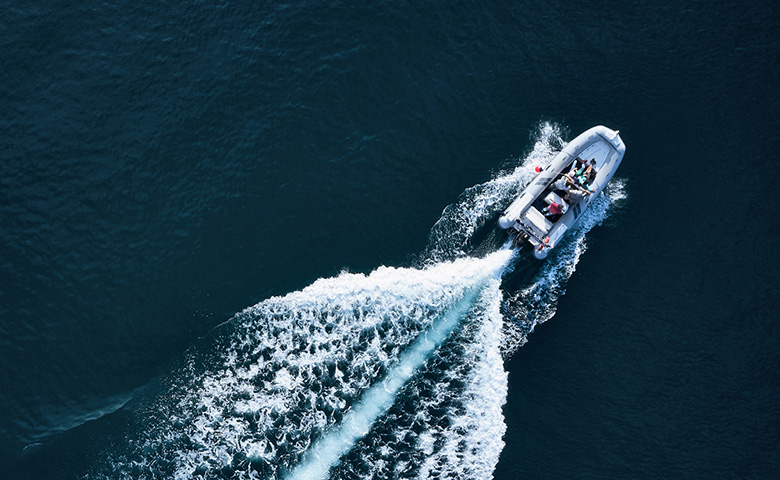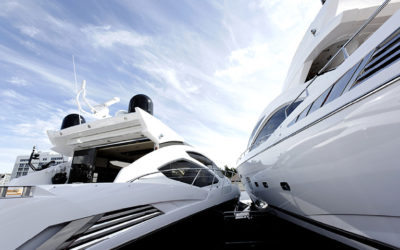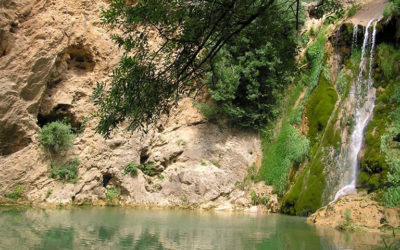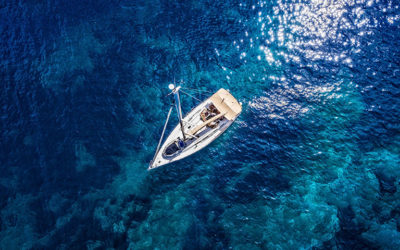![]()
A SEMI-RIGID BOAT:
MAKING THE RIGHT CHOICE

Advice on how to choose a boat that suits your activities.
When acquiring an inflatable or semi-rigid boat, several points should be considered: the choice of the material, type of use, the choice of the hull, maintenance, repairs and storage.
As regards materials, there are mainly two types: PVC and hypalon-neoprene. The basic difference is that PVC is a thermoplastic, whereas hypalon is a synthetic elastomer. The second is not, as some preconceived ideas would have us believe, a natural rubber, not very resistant to the outdoor elements: it is a synthetic rubber. Its positive points are low sensitivity to the sun (UV), temperature, stains (especially from hydrocarbons), being supple and resistant (to chafing). Its main disadvantage is its use. It is cut on machines, though assembly and bonding are done cold, by hand. As for PVC, it allows for boats to be produced industrially. Cutting, assembly and bonding (high frequency) are done with the help of machines. PVC construction enables builders to mass-produce boats that are light, with an irreproachable finish. The disadvantage consists of higher sensitivity to UVs as compared to hypalon. In short, hypalon is reserved for intensive use of all-weather boats.
PVC is used for the majority of pleasure boats, enabling the production of light boats at attractive prices. Used, maintained and wintered under normal conditions, their life cycle will be close to that of hypalon. It is often hard to actually see the difference between the two materials. Even a professional has to look at them closely, at the bonding, for example, or the type of additional fabrics (handrails etc.): on hypalon, you can detect small threads. It is worth knowing that over 80% of inflatables are currently made of PVC, and that it is preferable to envisage construction in quality PVC rather than in hypalon of unknown origin. The future will perhaps be polyurethane, a resistant material, easy to work with and recyclable, which is not the case for the other materials. It is beginning to appear on the market, but at a price that is still high. The quality of fabric is hard to judge, though one criterion can steer your choice between two brands: the fabric’s gramme weight. Between two identical boats made by different brands, you should opt for the one with the highest weight. Gramme weight is expressed in decitex, with values from 1,000 to 1,800.
Source: Figaro nautisme
BOAT SHOWS: SIGNIFICANT MANOEUVRES
Faced by challenges and a period of doubt, professionals are learning to adapt.
THE VALLON DES CARMES, A SECRET CORNER OF PARADISE IN THE VAR
Fans of peacefulness and solitude can discover a few spots in the Var still little-known to the general public…
WHAT POWERS ARE ATTRIBUTED TO FRANCE’S MINISTER OF THE SEA?
Boating lies at the heart of the field of action to be covered by Annick Girardin, who will need to share her decision-making authority between numerous topics.



